REST APIs for DellEMC AppSync via Talend API Tester.
This blog introduces ‘DellEMC AppSync’ operations using RESTful API via ‘Talend API Tester’. The main goal of this blog is to provide handy examples for ‘DellEMC AppSync’ operations using API Calls.
In past, I have posted following blogs which covers Postman API application for VxRail and vRealize Automation.
RESTFul API for DellEMC VxRail via Postman
vRealize Automation REST API – Deploy 3-Tier App with NSX Networks.
Apparently, you could always use various API tools/extensions/applications available, however, after writing operations using Postman API, I am going to use Talend API Tester in this blog.
A beginner level introduction to DellEMC AppSync.
AppSync is a software that enables Integrated Copy Data Management (iCDM) Solution for copy orchestration with DellEMC Primary Storage.. AppSync has tight integration with host environments, applications and DellEMC storage & Replication. Using AppSync you do not need manual steps in order to create and consume the copies of the data. Application owners and storage admins can experience a transparent copy workflow.
AppSync supports various Application platform i.e Oracle Database, SQL Servers, MS Exchange, File Systems and VMware platform. It also support variety of DellEMC storage arrays such as PowerMax, VMAX, XtemIO.
Using AppSync, you can run following workflows.
1. Protect/Repurpose/Restore in few clicks.
2. Automated scheduling with email alerts.
3. Plan-driven.
AppSync has a REST interface that allows application programmers to access information controlled by AppSync.
A quick overview of Talend API Tester.
‘Talend API Tester’ allows you to interact with REST services. ’Talend API Tester’ enables you to call any type of HTTP API (REST, hypermedia, SOAP, OData) with a powerful, easy-to-use request editor. You can find more on Talend website.
Assumptions –
- AppSync is installed and configured successfully.
- Infrastructure Resources i.e. vCenter Servers, Storage Systems, Servers/Clusters/Applications/Databases are discovered in AppSync.
Storage Systems in AppSync
This is where you add DellEMC Storage Systems in AppSync Infrastructure resource. I have added DellEMC PowerMax and XtremIO X2 Storage systems.
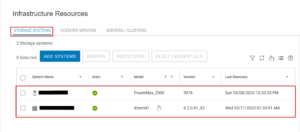
Servers/Cluster in AppSync
Over here, we will add Servers/Clusters in AppSync Infrastructure resource. I have added my MS SQL and Oracle instances.
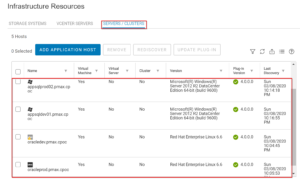
Let us start with the REST APIs calls and see some AppSync Operations.
Here is the ‘Talend API Tester’ extension added into the Chrome browser. This is the landing page that opens when you access the Talend extension from browser.
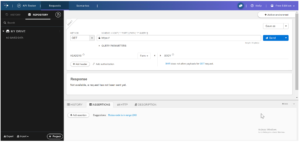
I have created a Talend API local ’Project’ for our testing. To create a new ’Project’, click on the ‘+Project’ button available at the left bottom of the landing page and assign a Project name.
I will not cover much on Talend as you could get more details from their website or you could be using a different API tool such as Postman.
Once the Project is created, we will see how to create an ‘Environment Variable’. We will be using ‘Environment Variable’ to send calls to API endpoint that we want to reach and perform some AppSync operations.
Variables allow you to store and reuse values in your requests and scripts. By storing a value in a variable, you can reference it throughout your collections, environments, and requests and if you need to update the value, you only have to change it in one place. Using variables increases your ability to work efficiently and minimizes the likelihood of error.
Click ‘Add an Environment’ in the top right of Talend API Tester and add necessary variables as below.
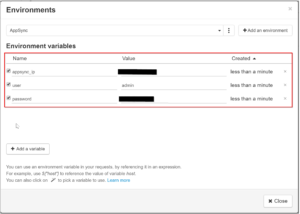
I will use a Talend API ‘Scenario’ option. ’Scenario‘ basically creates sequence of requests. The ’Scenario’ perspective is designed to help with API tests creation and execution. Additionally to the ability to run any request container, this perspective offers an auto-save mechanism. Any change is automatically saved and shared with your team.
Please follow Talend procedure to create ’Scenario’.
Once ’Scenario’ is available, I will create a request by clicking ‘Add a new request’. Make sure you are into the correct ‘Scenario’ and ‘Environment Variable’.
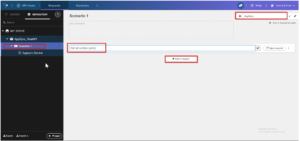
Once we have our ’Variables’ set, ‘Scenario‘ and ‘Request‘ is defined, we will see how to use these variables for sending requests to API endpoints. In this example, we are collecting DELLEMC AppSync Service Plans information using REST API.
Notice, I have used ‘appsync_ip’ as a variable for the AppSync Server IP/FQDN. Also, have a look at ‘Authorization’ field. We are calling all the environment variables that we had setup earlier.

Once you click on ‘Send’ button, the API call GET request will be sent to the API endpoint i.e. AppSync Server. Upon successful request, you will see necessary response with output.
I am running a GET call to Get information for all service plans available and configured on AppSync. For this GET, you do not require any payload.
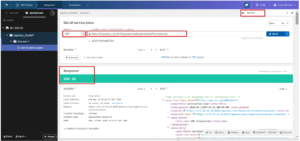
Here is the successful output or response of the GET call that we executed above. The output shows information of service Plans e.g the service plans I had created for Oracle and SQL applications.
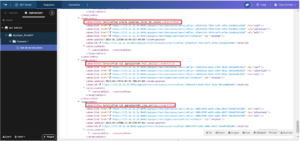
Next, we will run a Call to Get all Oracle Instances configured in AppSync for the Copy Data Management.
The procedure going to be same except the a different Call.

Here is the successful output or response of the GET Call that we executed above. The output shows information of Oracle Instances configured in AppSync.
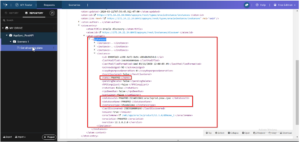
Finally, I will run a Service Plan configured for the above mentioned Oracle Instance and database for the Integrated Copy Data Manager.
This oracle Database is running DellEMC PowerMax Storage array. We will use POST API call this time to execute the Service Plan via REST APIs.
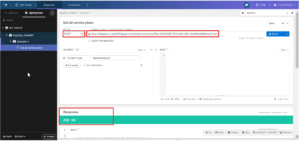
Here is the successful output or response of the POST Call that we executed above. The output shows Service Plan for the Oracle Database initiated successfully. Have a look at the timestamp for the Phase.
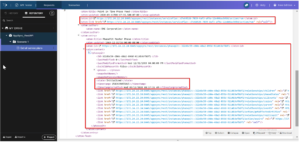
We can verify the successful completion of the Oracle Service Plan that we POST above from native AppSync GUI.
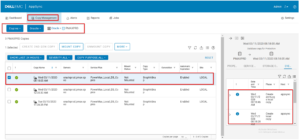
Hope you have got some insights on how to use REST APIs for AppSync. We can execute many other AppSync operations via REST APIs as necessary.
Hope you enjoyed this post, I’d be very grateful if you’d help sharing it on Social Media. Thank you!
4 Comments
vurtil opmer
so much wonderful information on here, : D.
Dwight
Excellent site. A lot of helpful information here. I’m sending it to a few pals ans also
sharing in delicious. And certainly, thanks to your sweat!
Senaida
This piece of writing offers clear idea in favor of the new viewers of blogging, that really how to
do blogging.
Theo
I’m really impressed along with your writing talents and
also with the format to your weblog. Is this a paid subject matter or
did you customize it your self? Anyway keep up the
nice high quality writing, it’s uncommon to look
a great weblog like this one nowadays..